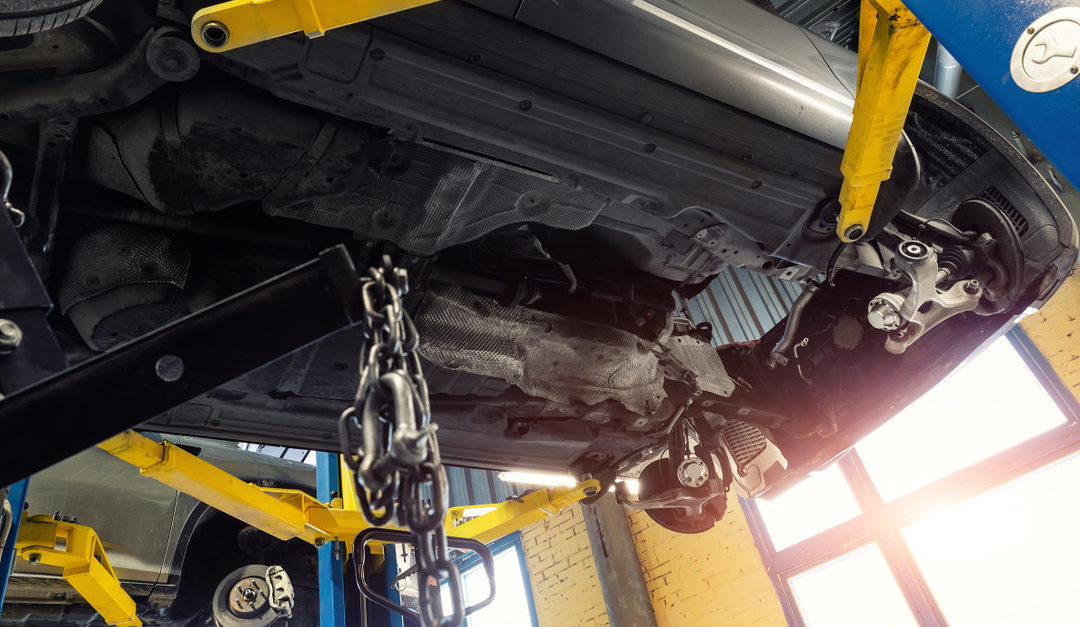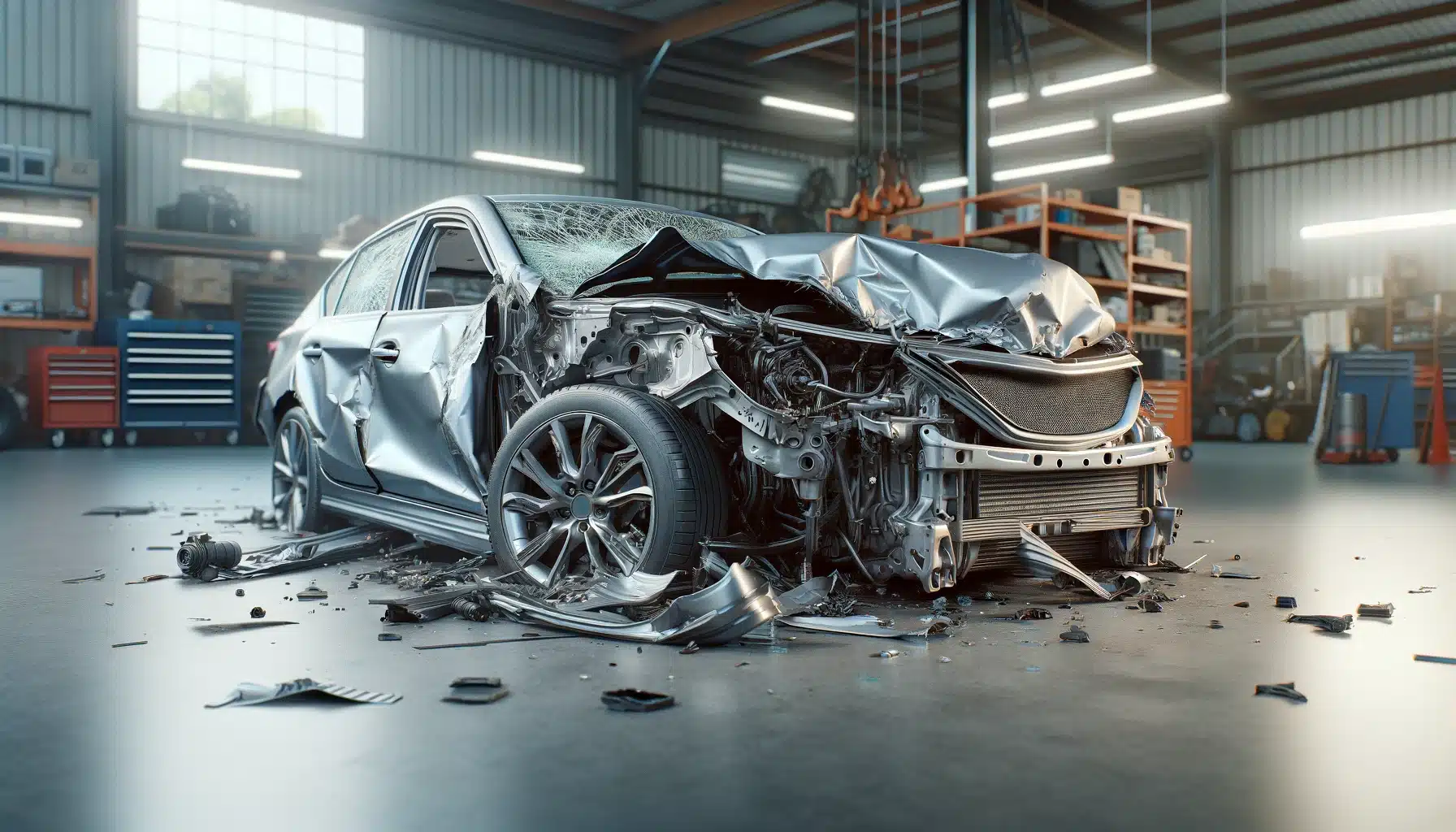A car’s frame is a critical component, serving as both a structural backbone and a safety cocoon for the vehicle. It provides support for the car’s weight and helps ensure proper alignment and handling. Car frames come in two main designs: ladder-style body-on-frame, common in full-size trucks and SUVs, and unibody structures found in lighter vehicles, where the body and frame are integrated.
Although frame damage is rare, it can occur due to collisions, corrosion, off-road driving, or manufacturing defects. Such damage can compromise the car’s structural integrity, steering, and overall safety, making it important for drivers to understand how to identify and address these issues.
Spotting Car Frame Damage
Visual inspections are a practical first step in detecting frame damage. Look for irregular gaps between body panels, as misaligned panels could signal frame misalignment. Visible cracks bends, or deformities in the frame, as well as difficulties in opening or closing doors and windows, may also point to underlying damage.
Particular attention should be given to the front and rear ends, wheel wells, and undercarriage, as these areas are most prone to damage from collisions or environmental factors like rust and corrosion. Subtle indicators like dents or crumpled sections in the frame can reveal significant structural problems that require further investigation.

Leveraging Tools and Professional Technology
While visual assessments are essential, specialized tools can enhance the accuracy of frame inspections. A tape measure can be used to confirm symmetry by checking front-to-back and corner-to-corner measurements. Magnets can detect areas where fillers might be hiding damage, and flashlights can illuminate hard-to-see areas.
For more precise results, professional inspections using advanced technologies, such as computerized frame measuring systems or X-ray imaging, can identify internal damage that may not be visible to the naked eye. These techniques compare frame measurements to the manufacturer’s specifications, ensuring any deviation is detected and addressed.
Risks and Repairs: Why Frame Damage Shouldn’t Be Ignored
Ignoring car frame damage can lead to serious safety concerns. A compromised frame weakens the vehicle’s structural integrity, increasing the risk of injury in an accident. Frame misalignment can affect steering and handling, making the car harder to control and more prone to collisions.
Additionally, a damaged frame may cause uneven tire wear, leading to higher maintenance costs over time. Repairing a damaged frame often involves professional mechanics using hydraulic equipment to straighten and realign the structure. In severe cases, sections of the frame may need to be replaced through cutting and welding or by installing a bolt-on subframe to restore the vehicle’s safety and performance.

Preventive Measures to Protect Your Frame
Preventing frame damage is more cost-effective than repairing it. Drivers should practice caution on rough roads, avoid potholes and large bumps, and use seasonally appropriate tires to maintain control in challenging conditions. Regular vehicle maintenance, including inspections for rust and corrosion, is essential for preserving the frame’s integrity.
Washing your vehicle frequently and applying rust protection products, especially in regions prone to road salt and moisture, helps prevent corrosion. Incorporating frame alignment checks into routine maintenance can catch minor issues before they escalate into costly problems.
The Value of Early Detection and Maintenance
Staying vigilant about frame maintenance protects not only your safety but also your vehicle’s long-term value. Regular inspections, combined with proactive measures like rust prevention and careful driving, can significantly reduce the likelihood of frame damage.
When signs of damage are detected, consulting professionals ensure timely and effective repairs, safeguarding the car’s performance and structural integrity. Early detection is key to addressing frame issues promptly, minimizing repair costs, and extending the life of your vehicle. Taking these steps not only keeps you safe on the road but also ensures your car remains a reliable investment for years to come.

